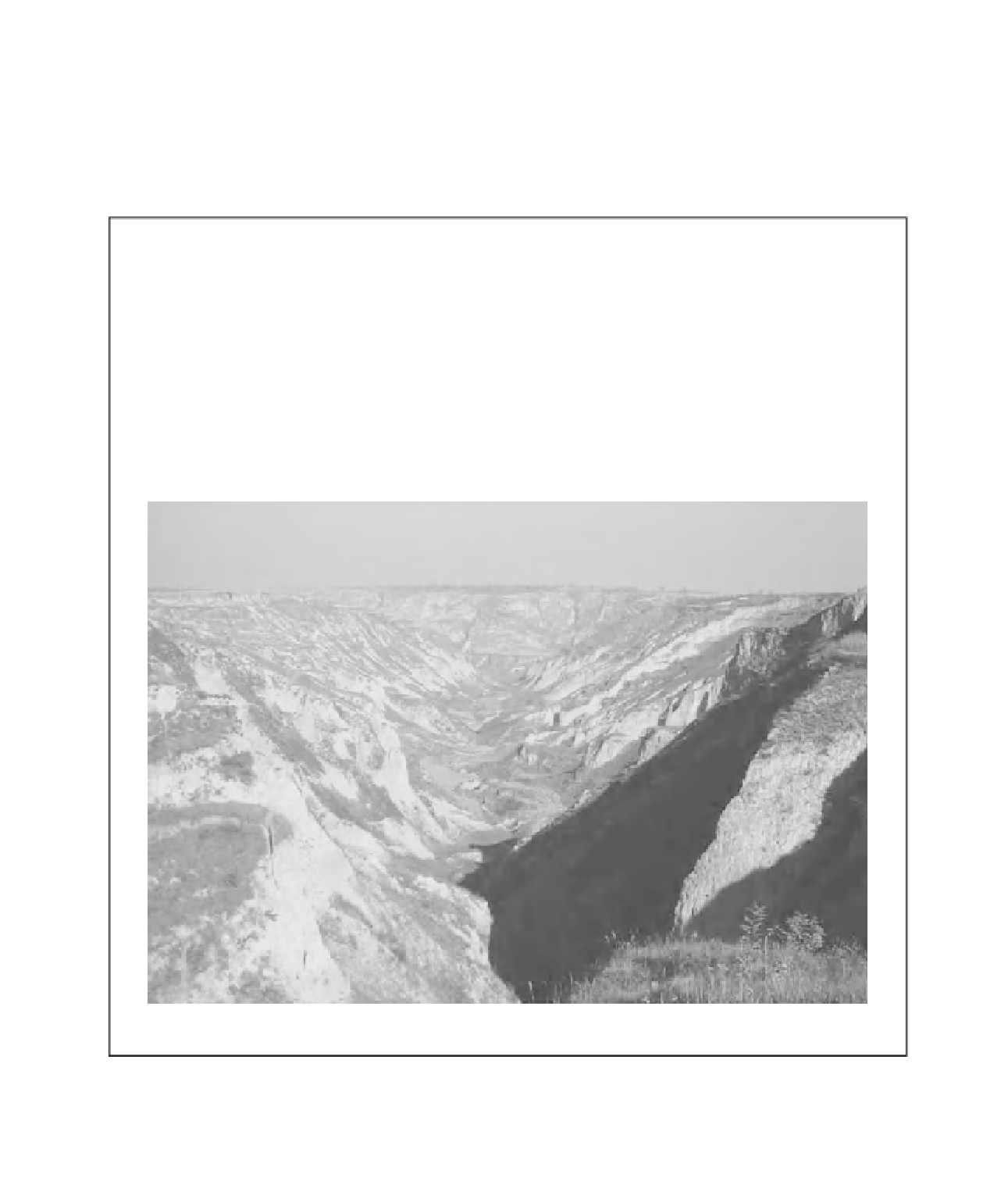Environmental Engineering Reference
In-Depth Information
prior to reforestation. Nevertheless, soil quality may
change under the infl uence of decomposing needle
material that usually promotes soil acidifi cation and
thereby reduces biological activity especially under
poor soil conditions. Additionally heavy windstorms in
February 1990 and the following years brought down
mainly spruce and pine trees (e.g. CONFOREST 2007),
showing that a shift in favoured tree species from coni-
fers to broadleaves like European beech is essential in
terms of not only ecology but also economy.
Similar to central Europe, the temperate forests in
central China have been under strong human impact
for several millenia. Box 12.1 provides a brief history
of their development with focus on the Loess Plateau
Box 12.1 History of forests and forest utilization in the Loess Plateau
in central China
The Loess Plateau in central China covers an area of
more than 500 000 km
2
and comprises the world's
largest continuous deposits of loess in layers up to
200 m deep. Loess is composed of tiny wind-blown
dust particles, glued together by secondary carboniza-
tion. It has a rock-like structure, but is prone to erosion
under the infl uence of surface water runoff during
heavy rain events. In the south-eastern part of the
Plateau, annual precipitation ranges between 470 and
650 mm with a maximum in summer. The mean annual
temperature is 8-12
o
C, and mean temperature of the
coldest month (January) is 0
o
C. Both soil and climate
here generally provide excellent conditions for temper-
ate deciduous forests to grow: The annual drought
Figure 12.4
Erosion gully and deforested land in the Loess Plateau near Luochuan, China. What looks like a
forest patch on the plateau is a village with some planted trees. (Photograph by A. Fischer 1999.)





